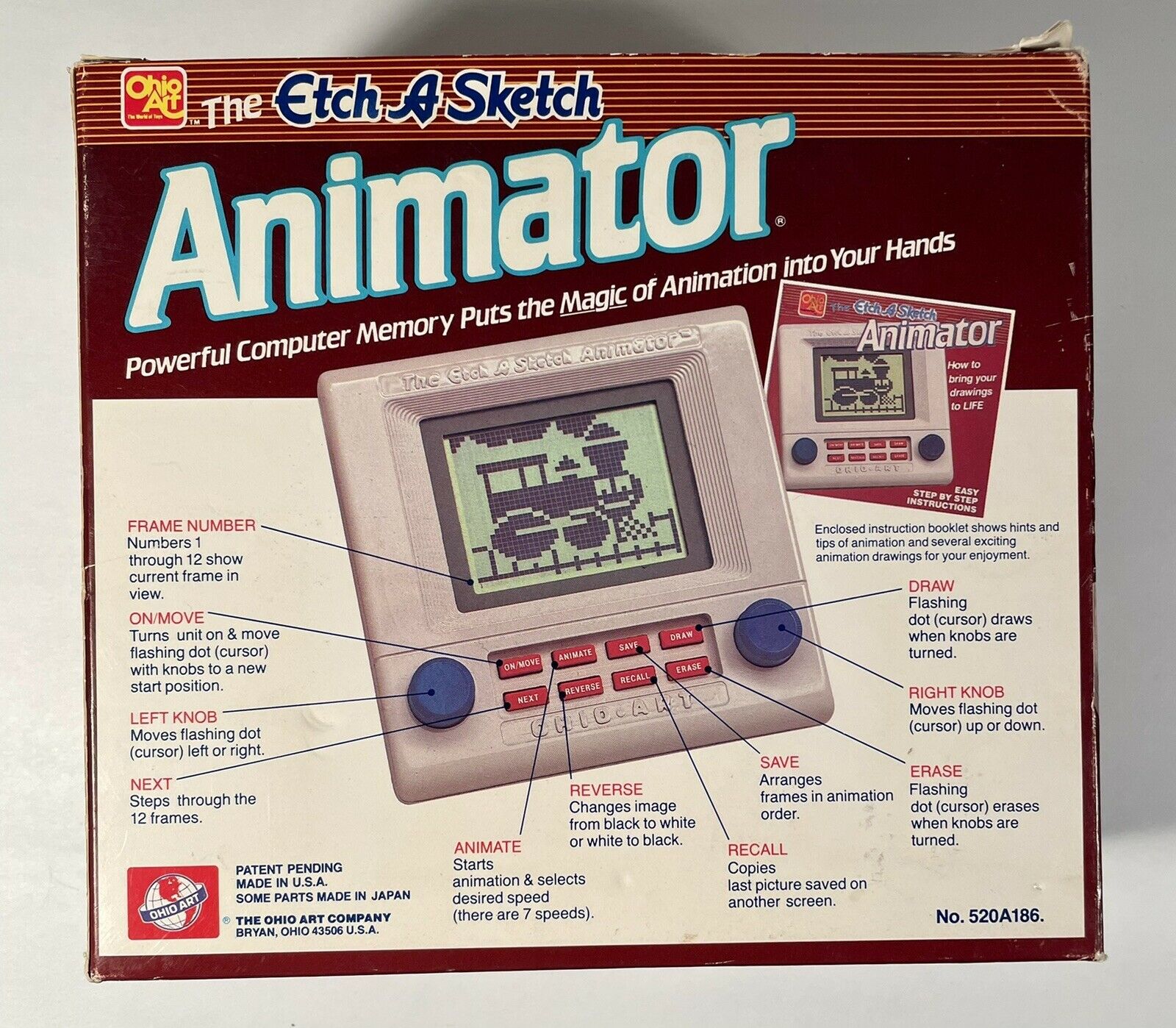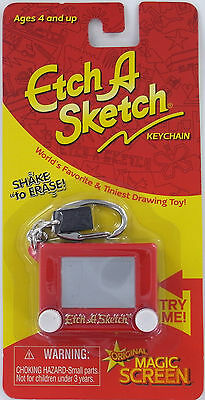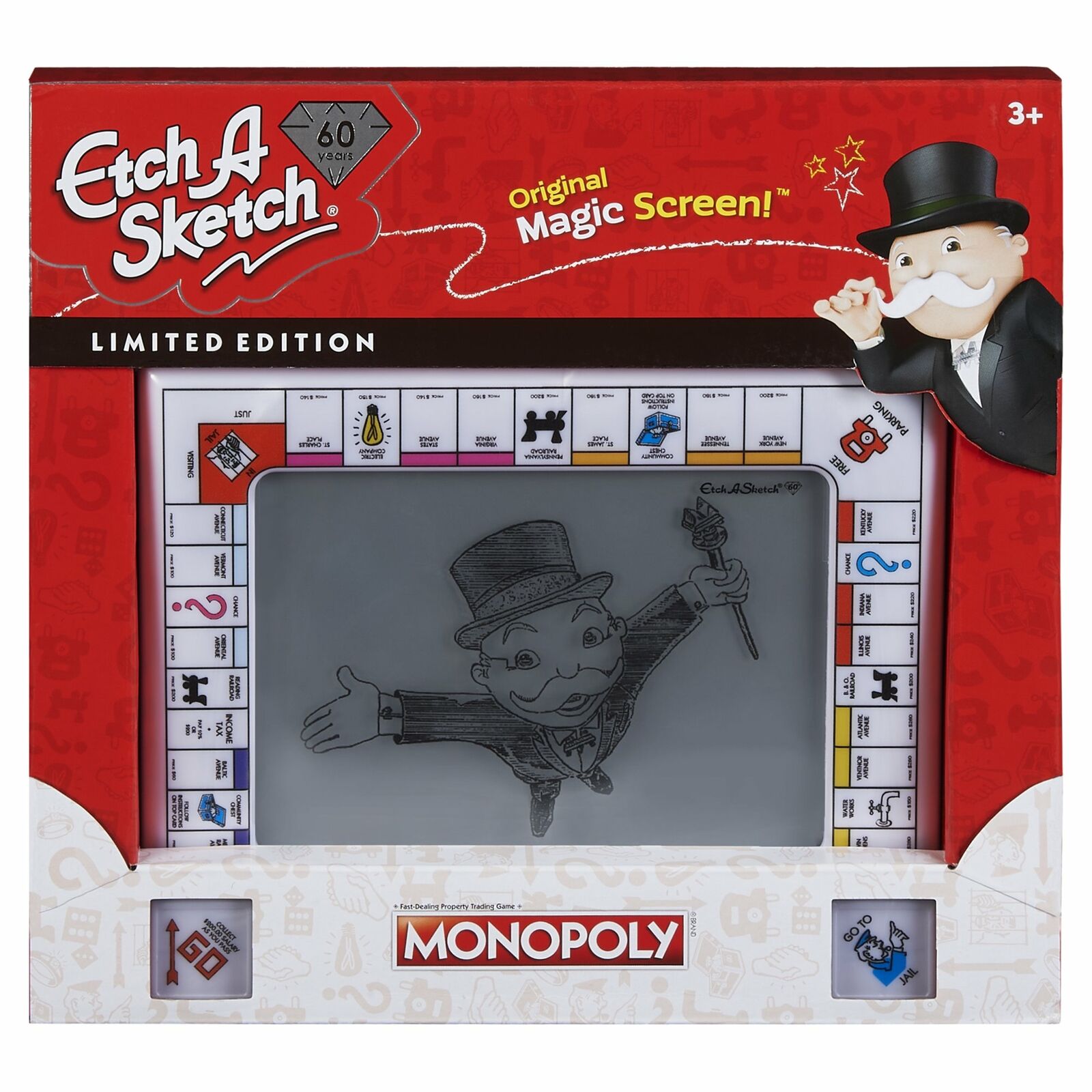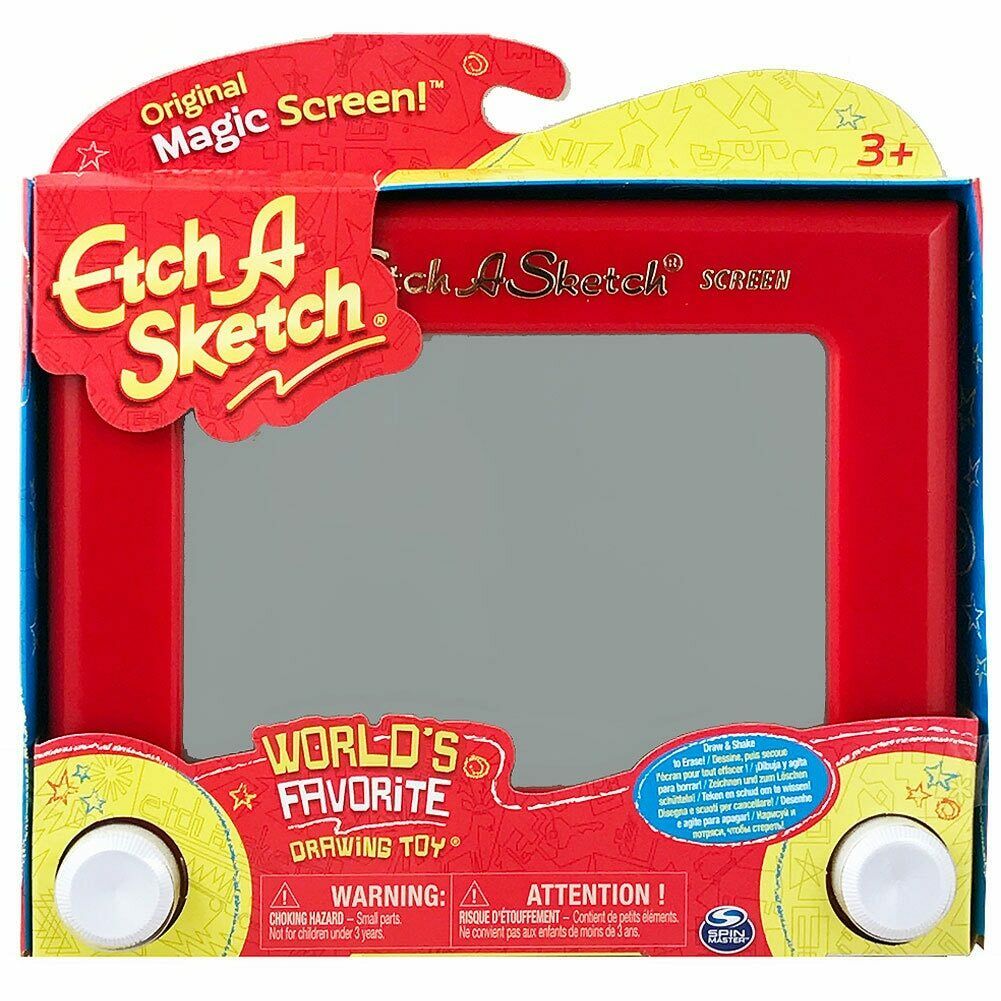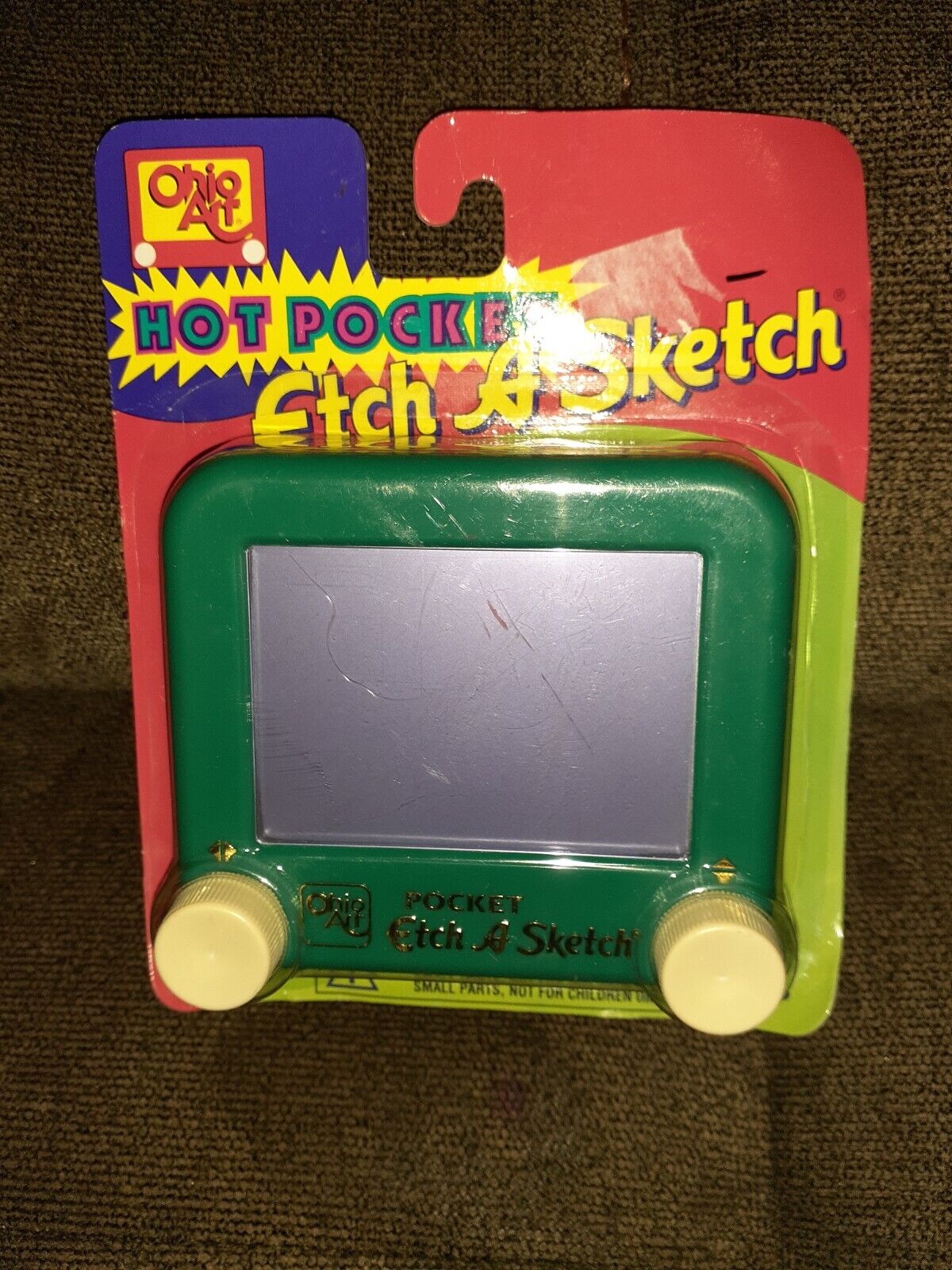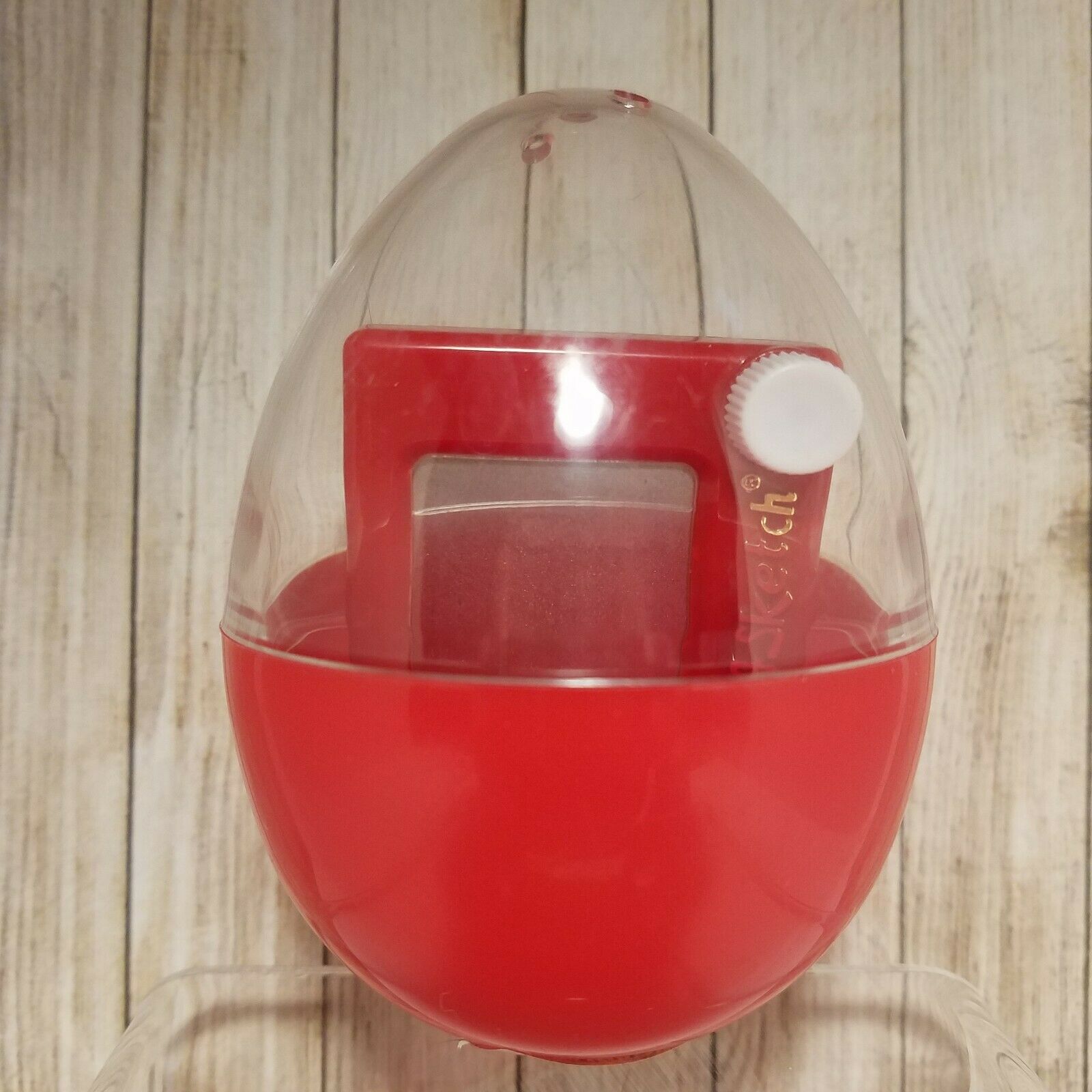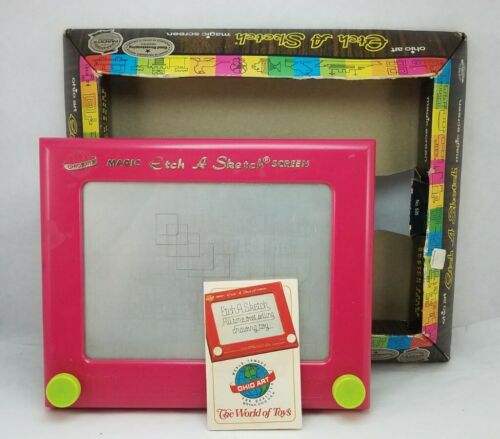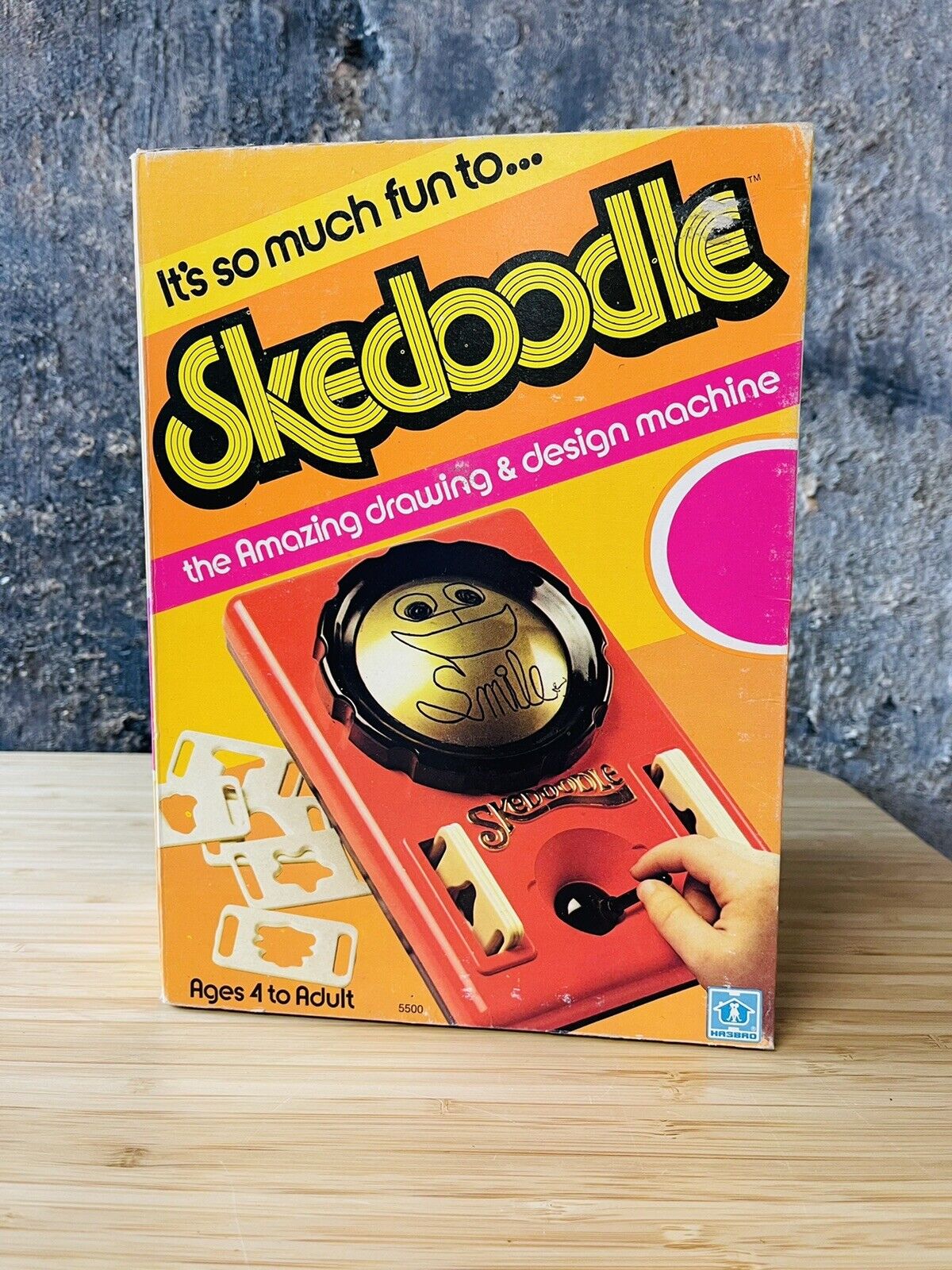-40%
Etch A Sketch Animator With Box and Instructions Ohio Art – Working, Vintage Toy
$ 10.56
- Description
- Size Guide
Description
Etch A Sketch Animator With Box and Instructions Ohio Art – Working, Vintage Toy 80s·
Pre-owned in Great Condition. Tested and Working.
·
Manual and screen template included.
·
Styrofoam is super clean
·
Box is in excellent condition, a few frays in the corners
·
Made in USA
Shipped USPS Priority Mail
The concept behind the Etch A Sketch Animator is this: You have 12 frames to work with. You draw the first frame, save it, and then draw the next frame trying to closely mimic the previous frame, yet changing it enough so as to create an animation effect. Images were drawn on a digital screen pixel by pixel, the entire screen being maybe 60 pixels wide by 60 pixels tall. Although you only had 12 distinct frames to work with, you could repeat certain frames in the animation sequence for a combined total of up to 96 frames.
The Story
In the 1980s, Ohio Art released an electronic version of its classic toy. The Etch A Sketch Animator allowed kids to create electronic flip-board-style cartoons. The toy included a low-resolution 30 x 40-pixel dot-matrix screen, a speaker, and several kilobytes of memory. Commercials from the period told children that the toy would “bring drawings to life and life to your drawings.”
The Animator was smaller than its predecessor, ran on 4-AA batteries, and was housed in a light gray casing. Kids controlled the toy with two blue knobs used to move a flashing cursor around the screen, and eight red push buttons providing additional function: On/Move, Animate, Save, Draw, Next, Reverse, Recall, Erase.
Through a combination of button pushing and knob turning, budding animators could create, erase, and move a series of 12 images, or “frames”, then animate these in a flip-book type storyboard. A built-in speaker provided rudimentary sound effects when the knobs were moved and during playback. The Animator’s onboard memory could store a maximum sequence of 96 frames, so kids with the creative patience and perseverance could change up the animation of their 12 frames.
Ohio Art provided some sample animations to try with the toy, including The Walking Robot, The Nosy Spider, and my personal favorite, The Breakdancing Skeleton.



